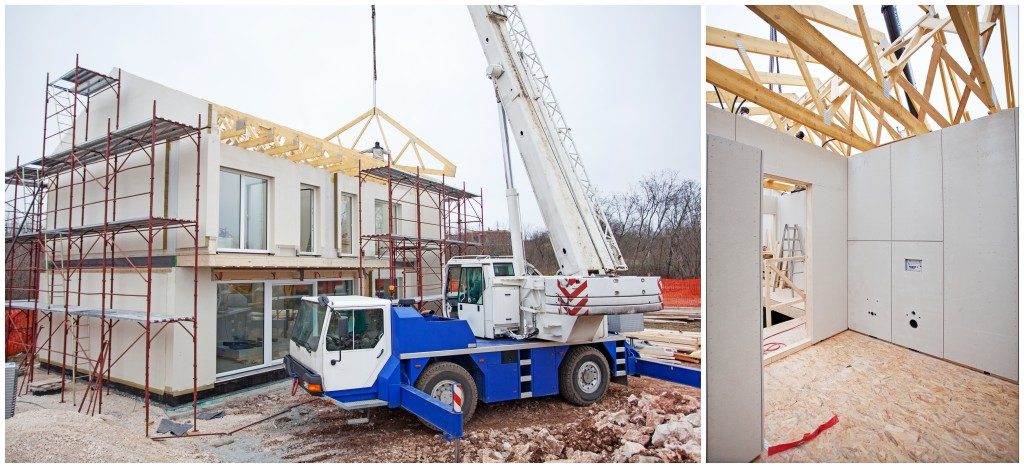The future of Australia’s construction industry is prefabrication, said the University of Melbourne. The sector itself has the potential to grow to 15% in less than 10 years from no more than 6% in 2018. Within the same period, it can reach a market value of $30 billion and provide 20,000 new jobs. What makes prefabrication accessible in the Land Down Under?
Future-Proofing with Prefabrication?
Many reasons can justify the popularity of construction prefabrication, and two of these have something to do with future-proofing: sustainability and business survival. Australia has been at the forefront of championing sustainability, especially since it has a significant problem in waste management, water pollution, and climate change. It also needs to address the rising population, which can threaten the distribution of its resources. For many experts, prefabrication is sustainable because:
-
It promotes the use of more wood since steel and brick can make the structures difficult and heavy to transport.
-
It encourages the maximization of the available resources from the raw materials down to supplies such as nails and paint. If there are leftovers, they can use them for future projects.
-
It saves time since manufacturers build the structures off-site and the various parts simultaneously. It can reduce the time spent on traditional construction by half, according to Construction World.
-
It inspires manufacturers to take advantage of the available resources and local hardware suppliers, which lower raw material costs and indirectly contribute to reduced carbon emissions.
It can also help construction businesses thrive in plenty of ways. They can be versatile with their design, from tiny prefab homes to several-stories office buildings. The time savings will allow them to take on more projects at any given time. Simultaneous construction can also help them make the most of their team as the country still deals with a shortage of skilled workers.
Facing the Challenges

In spite of the promise of prefabrication, less than 5% of properties in Australia are prefab. It means barriers to its growth are present. One of the biggest challenges of this construction method is the high risk of miscalculations. If the constructed parts don’t match the dimensions of the terrain or space, the project has the likelihood to fail tragically.
In some cases, prefabrication may be not only expensive but also not environment-friendly. For example, it may require multiple trips to bring large parts to the site. Some clients may find prefabrication lacking in personalization or detail. A number of them may prefer to modify designs as the project comes along. Currently, housing costs, especially in major cities such as Sydney, have been falling fast. Residential clients may not see the merit of building a prefab home, which is known for cost savings.
Prefabrication still has a long way to go to be as widely accepted as the traditional method of construction, but there’s no doubt more people, from developers to residential clients, are paying attention. With more education, better techniques, and innovations, prefabrication can truly future-proof Australia’s sustainability and the construction industry.

